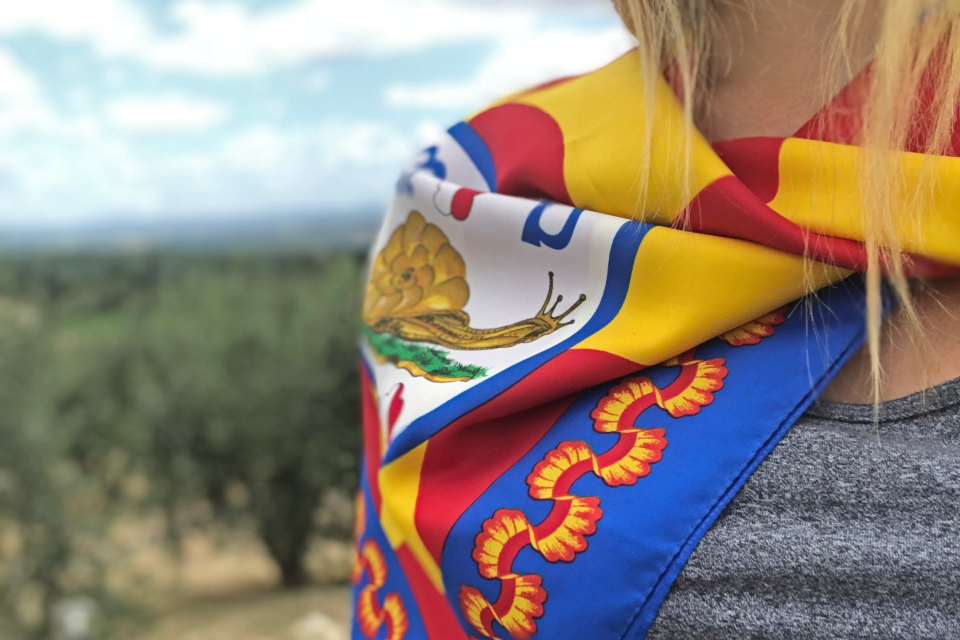
by Giulia | Jan 31, 2024 | Siena city
Il Palio: le Contrade The history of a tradition As early as the 11th century, the population was in the habit of gathering at churches and town chapels to discuss topics of common interest. This habit in Siena led to the formation of districts that took the name of...
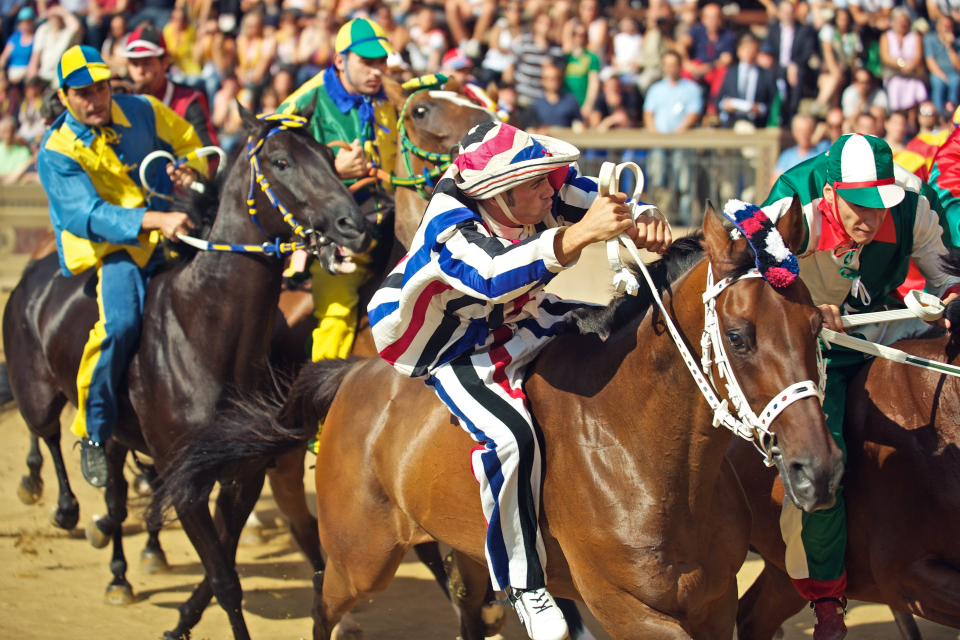
by Giulia | Jan 31, 2024 | Siena city
Il Palio: the origins In the Campo of Siena Il Palio di Siena is the ritual of a city and the historical memory of a civilisation, whose history and tradition it evokes twice a year (2 July and 16 August). Siena was an Etruscan city well connected to the major centres...
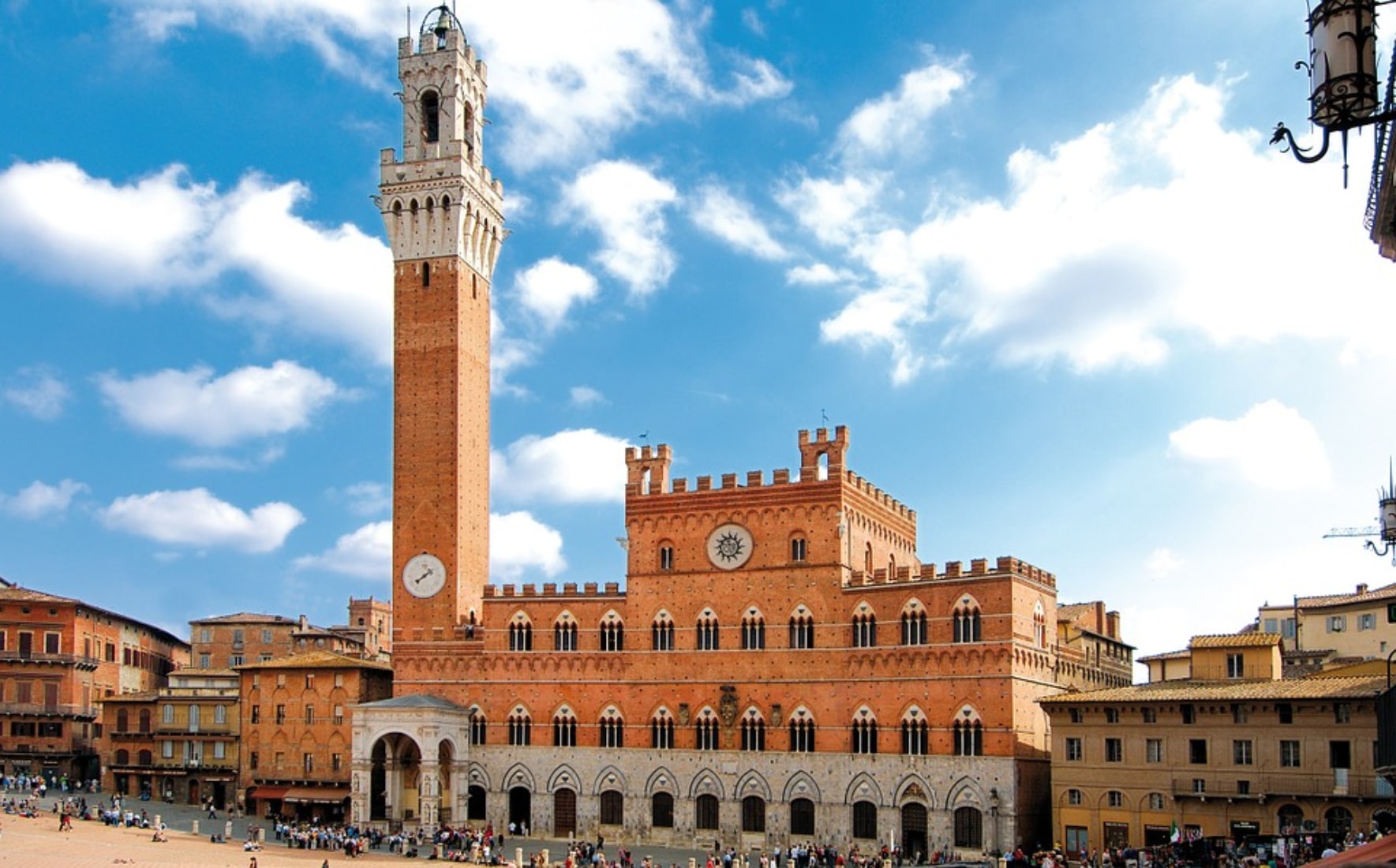
by Giulia | Nov 13, 2020 | Siena city
Piazza del Campo and surroundings Perhaps the most evocative medieval urban environment in Italy Piazza del Campo Between the thirteenth and fourteenth centuries the city of Siena felt the need to organise a public space of representation for civil power, establishing...
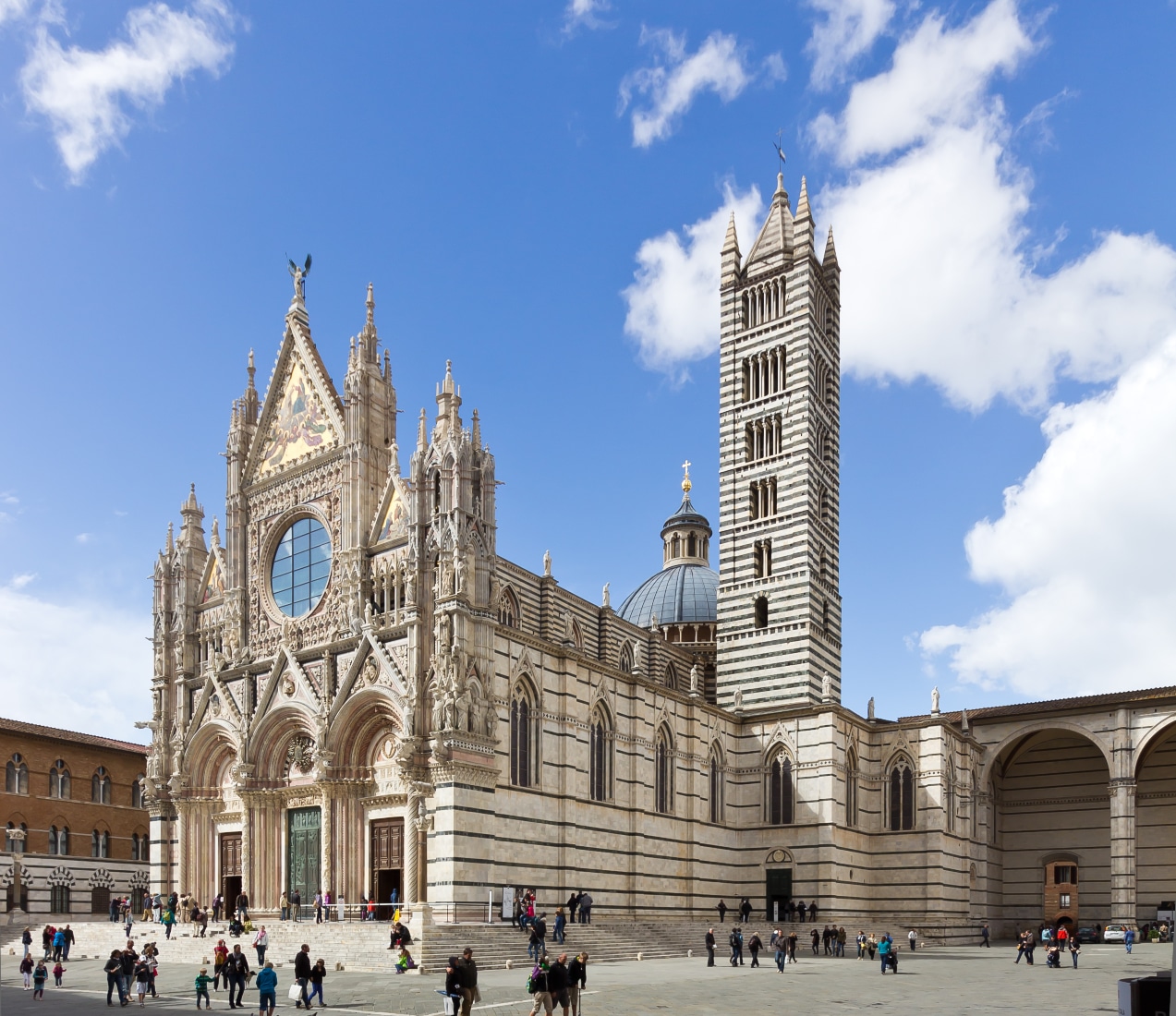
by Giulia | Nov 13, 2020 | Siena city
The Cathedral of Siena The Cathedral of Siena dedicated to Santa Maria Assunta The Cathedral A wonderful expression of Romanesque-Gothic art, the Cathedral of the Assumption raises its luminous and extremely rich envelope on a platform with steps. Traditionally, the...
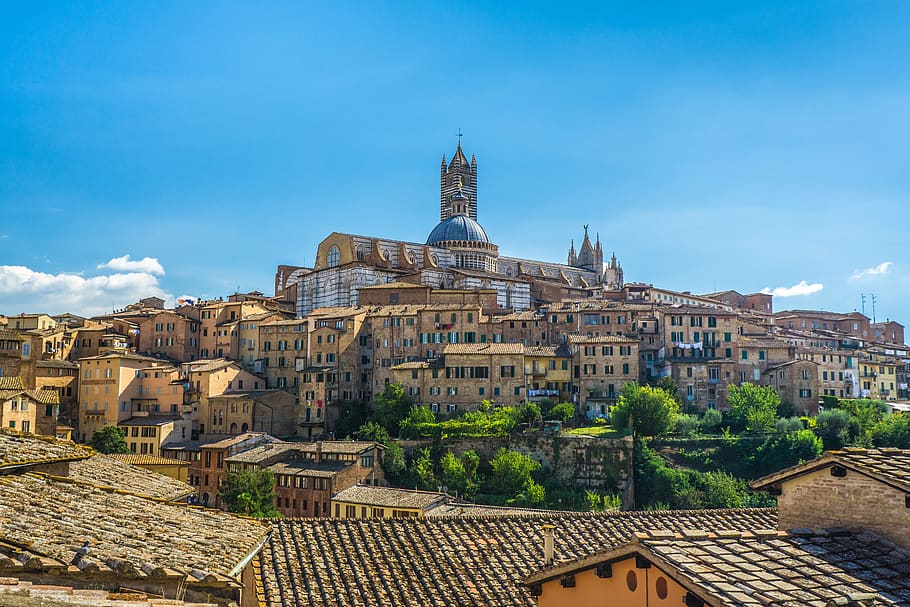
by Giulia | May 4, 2020 | Siena city
The myth of Siena The creation of the myth of Siena and the Palio The common image we have of Siena is that of a precious Gothic casket, coherent and organic, characterized by the typical brick facades, ogival arches and paintings with a gold background. The creation...

by Giulia | Apr 28, 2020 | Siena city
The constitution of the city Between myth and truth The best known myth about the origins of Siena dates back to Roman times when, according to legend, the young Senio, son of Remo, together with his brother Ascanio, settled here and founded a castle to escape the...







